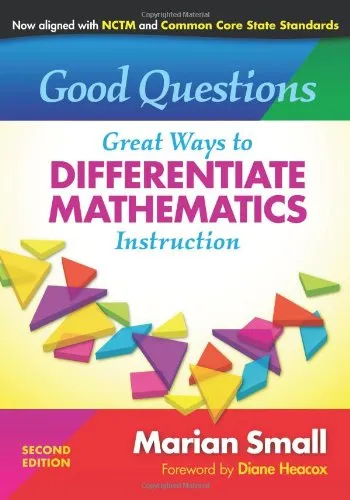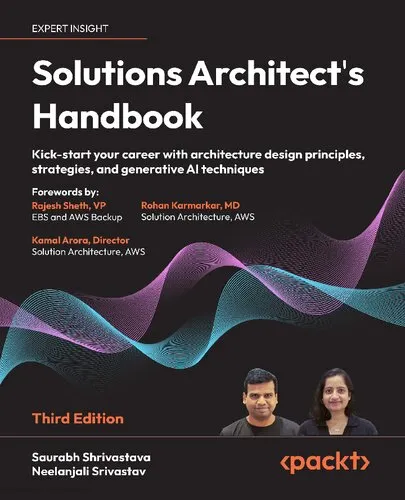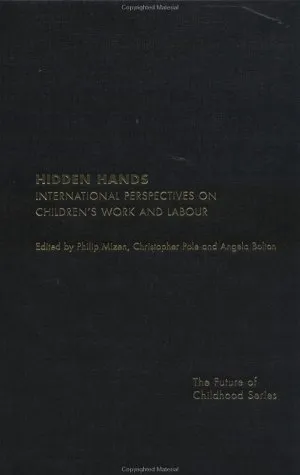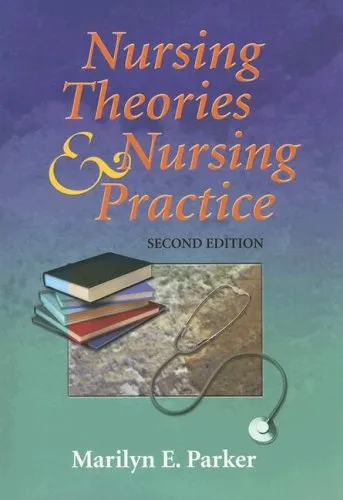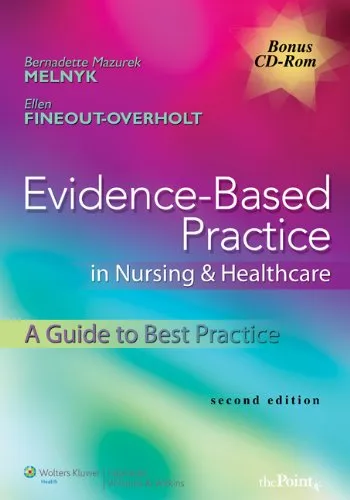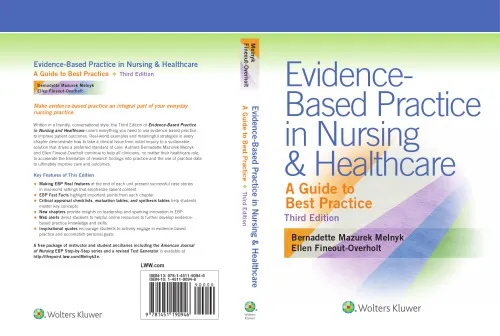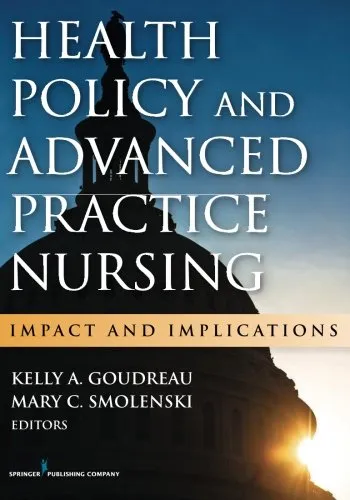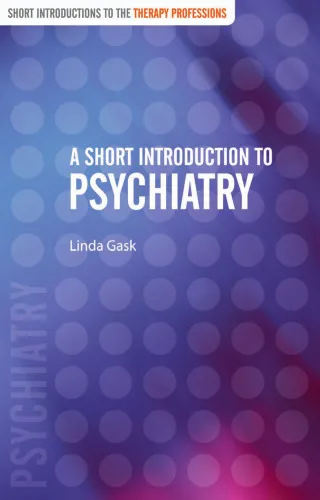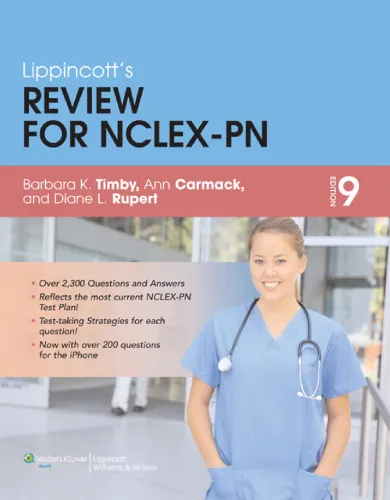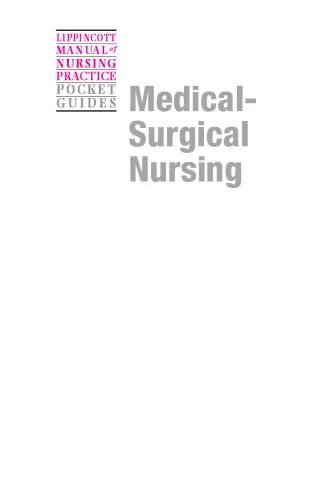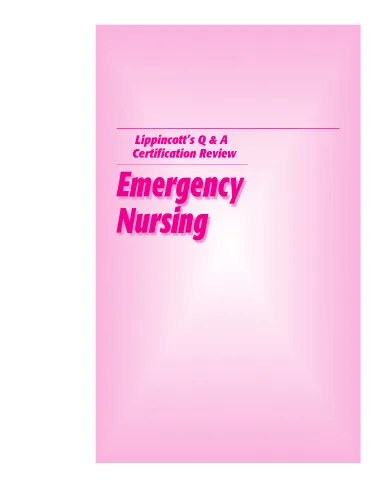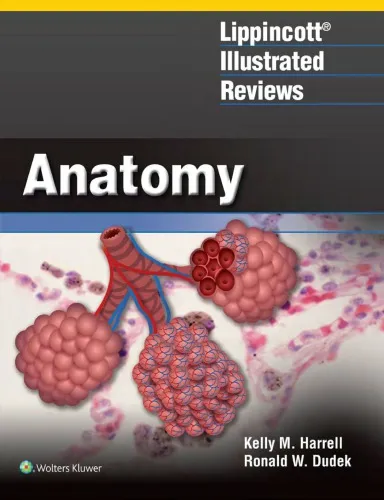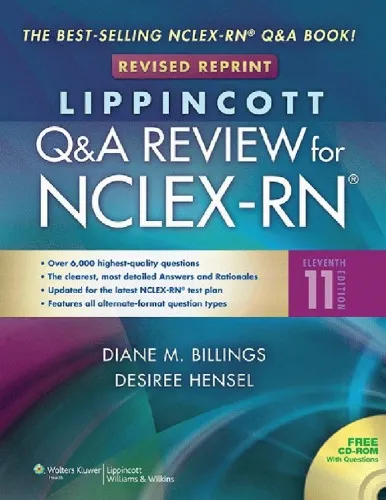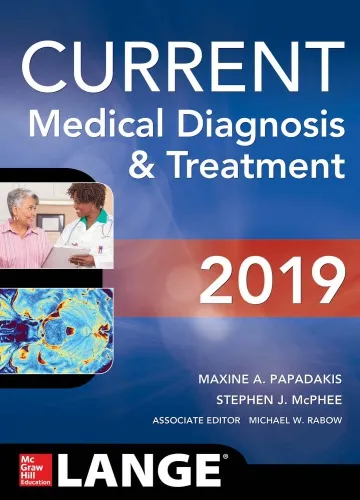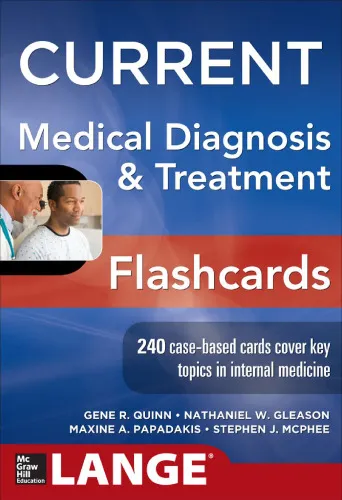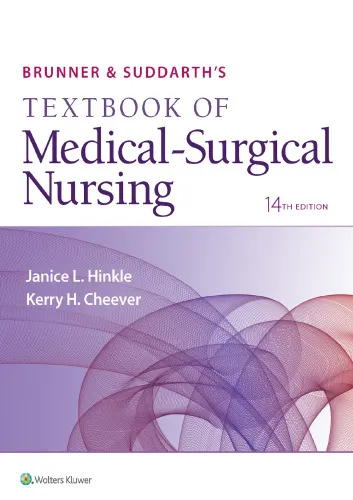Nurse Education in Practice
4.8
Reviews from our users

You Can Ask your questions from this book's AI after Login
Each download or ask from book AI costs 2 points. To earn more free points, please visit the Points Guide Page and complete some valuable actions.Related Refrences:
Analytical Summary
The book Nurse Education in Practicepp.752—756 offers a concentrated exploration of contemporary issues influencing nurse education and clinical training. Drawing from evidence-based methodologies and interdisciplinary perspectives, it examines the evolving landscape of nurse preparation, workforce sustainability, and the crucial alignment between theoretical instruction and hands-on practice. Warland, McKellar, and Diaz integrate academic rigor with pragmatism, ensuring the text is both a scholarly resource and a practical guide for those engaged in the nursing profession.
Positioned within the broader discourse on healthcare education, the text addresses core challenges faced by nursing educators and trainees, including the impact of technological change, patient diversity, and evolving care models. While detailed publication year or award information is unavailable due to a lack of reliable public sources, the book’s focus remains sharply on contemporary pedagogy in nursing contexts. Through deeply analytical sections, the authors encourage readers to critically examine the interplay between policy frameworks, the lived realities of clinical placements, and the competencies required of the modern nurse.
By bridging theory with practice, the content underscores how structured educational programs must adapt responsively to shifting patient care demands. This analytical summary frame highlights the relevance of Nurse Education in Practicepp.752—756 not only as a repository of knowledge but as a catalyst for rethinking how nurses are trained today.
Key Takeaways
Readers will discover a wealth of applicable insights that strengthen both teaching methods and clinical performance in nursing education.
One of the pivotal takeaways is the need for continual adaptation in nurse training programs to uphold quality care in diverse clinical settings. The text advances the proposition that effective nurse education relies on a dynamic synergy between instructional innovation and consistent exposure to real-world patient care scenarios.
A second key insight is the emphasis on mentorship and collaborative learning as essential to building professional identity and competence. The book proposes that structured mentor–mentee relationships can bridge the gap between academic preparation and independent clinical practice.
Lastly, the need for culturally competent care emerges throughout the work, reiterating that nurse education must equip practitioners to navigate the healthcare needs of varied populations ethically and effectively.
Memorable Quotes
“Education is the foundation upon which safe and compassionate nursing practice is built.” Unknown
“Clinical experience without guided reflection is a missed opportunity for professional growth.” Unknown
“Responsive curricula ensure nurses are equipped for the future, not just the present.” Unknown
Why This Book Matters
Nurse Education in Practicepp.752—756 is significant because it situates nurse education within the broader imperatives of modern healthcare delivery.
Its meticulous attention to the intersection of pedagogy and clinical application makes it indispensable for educators, policymakers, and practitioners committed to advancing nursing standards. The presence and integration of secondary themes such as clinical pedagogy and professional nursing development confirm its versatility as a resource.
This work challenges the status quo, encouraging both novice and experienced educators to evaluate and refine their approaches in light of evolving healthcare landscapes. It is not simply about teaching future nurses—it is about shaping care quality at the systemic level.
Inspiring Conclusion
In closing, Nurse Education in Practicepp.752—756 stands as a thought-provoking and essential resource for anyone invested in the transformation of nursing education.
Its authoritative voice and practical orientation invite readers to reflect deeply on how they can contribute to shaping the future of nursing. Whether through revising curricula, enhancing mentorship programs, or advocating for policy changes, there is a call to actively participate in the evolving narrative of clinical pedagogy.
Now is the time to engage with the insights provided, share them with colleagues, and discuss their application within your own educational or clinical context. By doing so, readers honor the intent of this work—translating academic understanding into meaningful improvement in nursing practice.
Free Direct Download
You Can Download this book after Login
Accessing books through legal platforms and public libraries not only supports the rights of authors and publishers but also contributes to the sustainability of reading culture. Before downloading, please take a moment to consider these options.
Find this book on other platforms:
WorldCat helps you find books in libraries worldwide.
See ratings, reviews, and discussions on Goodreads.
Find and buy rare or used books on AbeBooks.
1078
بازدید4.8
امتیاز0
نظر98%
رضایتReviews:
4.8
Based on 0 users review
Questions & Answers
Ask questions about this book or help others by answering
No questions yet. Be the first to ask!


